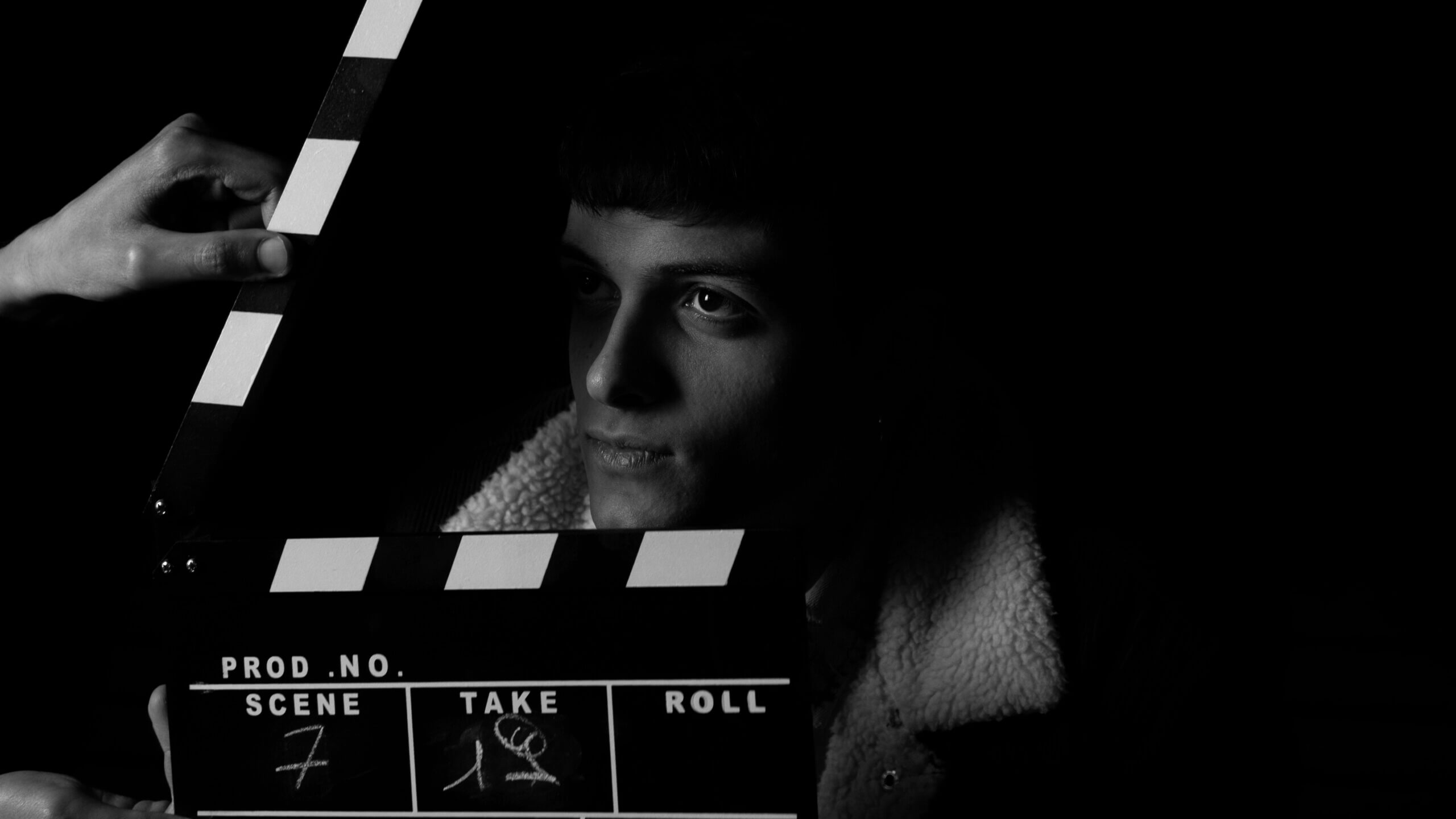
Most performers — drama school graduates and seasoned acting veterans alike — have demo reels to promote themselves to industry professionals. Reels showcase your unique personality, look, and brand. They also document your best on-camera performances to date and display your professionalism. During a SAG-AFTRA interview, casting professionals Darya Balyura, Ross Grossman, Rachel Rose Oginsky, and Tanya Kleckner were asked about best practices in creating sizzle reels. Here are some of their insights to consider when first creating, or updating your actor reel.
It must be professional.
Associate casting director Darya Balyura said, “Something that’s big for me is professionalism. I think it transitions into who you are as an actor — how hard you’re going to work, if your reel looks like it’s well done, you really care about it, you really worked on it, you tried. That tells me you’re going to be the same when we bring you in to audition.”
It’s about you.
TV casting associate Rachel Rose Oginsky insists, “Your reel is about you, and I think that’s the biggest point. Sometimes people get into the theatrics of the projects, or the action, or all the different things. Your reel is about you and your acting ability. That’s what we need to see. That’s what we’re judging you based on. That’s what we’re paid to judge you based on. And so we need to see your highlights, your best parts, your best ability.” Balyura agreed that actors should choose engaging scenes to showcase their talent and advised, “Make sure the opposite actor is not better than you.”
The performance(s) must show depth.
Ross Grossman, director and talent agent of Affinity Artists Agency, asserts, “It’s really about your skill level…I want to be watching your reel and wondering what this character is hiding. I don’t want to see every emotion on this character’s face that they’re feeling. I want to see them concealing…that there’s more depth of what’s going on with them than what they’re saying and what they’re doing. Ultimately, I want a layered performance where there’s something to discover. Otherwise, it’s melodrama — there’s nothing to discover. What pulls us into a scene is something’s partially revealed, but something’s partially concealed.”
The footage must be current.
There’s no hard line here, but Tanya Kleckner, talent director of TV and film at Henderson Represents Inc., defines “current” as anything less than five years old. The California-based agent stated, “I’m a real stickler for my clients to keep their reels updated. I get really mad if [actors] don’t keep them updated. As soon as you have a guest star or co-star role on a TV show, once it’s aired, I need those clips up immediately because I want to showcase your material to the casting directors to let them know what current work you’ve been doing.” Grossman agreed that it’s crucial for talent to continually be updating their reels. “I see people who have great reels from ten years ago…It’s like they’re yesterday’s news. It’s not a great thing…Unless there’s something current, it could work against them. If you can’t really look in the mirror and go, ‘That’s me right now,’ then put it away.”
Yet like so many rules in the business, there are always exceptions. Balyura described a child actor who had an impressive start in his career and had not yet transitioned into adulthood on screen, so she was happy to give him a chance to represent the quality of his acting chops by showcasing work from several years back.
Make sure your package is consistent.
Grossman urges actors to consider their overall marketing package. “Your headshots have to mesh with your [demo] scenes. If you’ve got all these serious headshots, but all your scenes are comedy, you’re dead in the water. No one’s going to get to your great comedy reel because you wanted to look glamorous or serious. Make your reel match your headshots or make your headshots match your reel. This is about marketing, too…It’s about having a seamless package.”
Cut the distractions.
Anything that distracts from the actor and the performance is not helpful. For example, all the casting professionals expressed little enthusiasm for montages at the beginning of the reel. “Just go straight into your acting scene,” Kleckner advised. “Casting directors have a hundred reels that they have to watch. They don’t need to watch a minute of you running around with music and lights and holding a gun, and doing all that kind of stuff. That would include graphics of the actor’s name flipping, shimmering, or with a slow fade-in and fade-out at the beginning. So they just want to go straight in to see if you can act and see if you’re right for the role.” Grossman pointed out another distraction that diminishes the role of the actor: “Try to distinguish between a director’s reel and an actor’s reel. A lot of what I’m getting is people in shadow, and this amazing, awesome-looking cinematography. But it’s not the actor’s reel — it’s the director’s reel. It’s amazing editing, amazing colors, and amazing shadows, and it’s not good for the actor. It’s good for the director and the cinematographer.”
Want to get your acting career started? Sign up or login to Casting Frontier and start auditioning today!
Related articles:
The Benefits of Surrounding Yourself With Creative People
What These Hollywood A-Listers Would Teach on Their First Day of Acting Class
How to Make Your Self-Taped Auditions Stand Out




